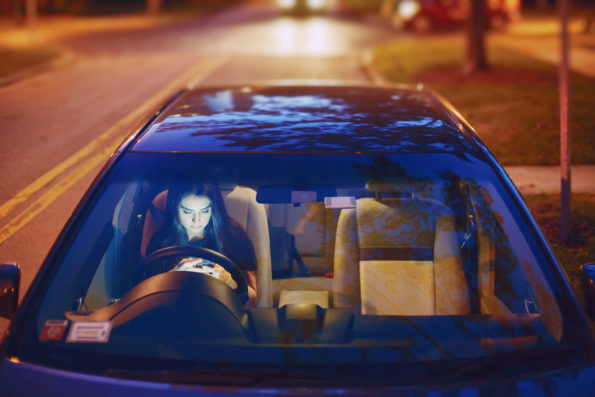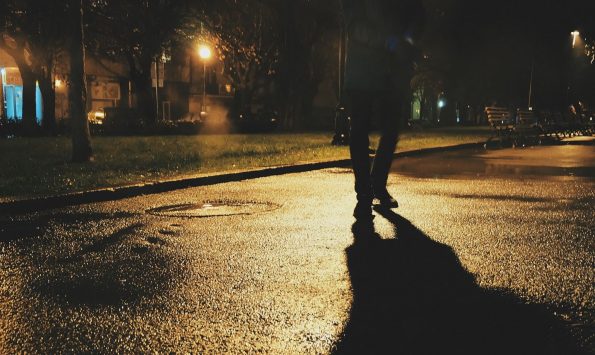Modern cars often come with a large number of interior lights. Usually, there’s one in the middle of the roof (unless it’s a soft-top convertible) some directional spotlights and often built-in lighting in the mirror in the sun visor, the glovebox and the footwell. But if it’s dark outside and your passenger needs to use the light to find something, read or put on makeup, is this OK?
If the interior lights are in the back (i.e. for rear passengers), this shouldn’t affect your vision outside the car forwards or to the side, but almost certainly will affect your view through the rear window due to reflections off the rear window. If there’s a bright light in the front of the car, it can reduce your visibility of objects outside the car because it constricts your pupils and burns out the rhodopsin that has accumulated in the rods on your retina to help your eyes see more detail in low light.

It can take your eyes up to 30 minutes to adjust to the dark – that’s how long it takes for the rhodopsin to build up – but this can be destroyed by just a brief bright light, such as someone’s high-beam headlights.
In your late-model car, though, you’ll also be exposed to a lot of lights on the dashboard (although these can be dimmed) and the satellite navigation (which should have a ‘dark mode’ to reduce glare); these are all reducing your ability to see outside. In urban areas, where there are a lot of street lights, a light on in your car will make very little difference as the street lights are already causing your eyes to adjust to their level of light. However, when you’re in a rural area with no street lights, your eyes will be desperately searching the shadows, so anything you can do to preserve your nighttime vision is ideal. This is particularly important if you have reduced vision while driving due to some other issue such as monocular vision.

Night driving is more dangerous than daytime driving, so take any actions possible to reduce the risk of a crash.
